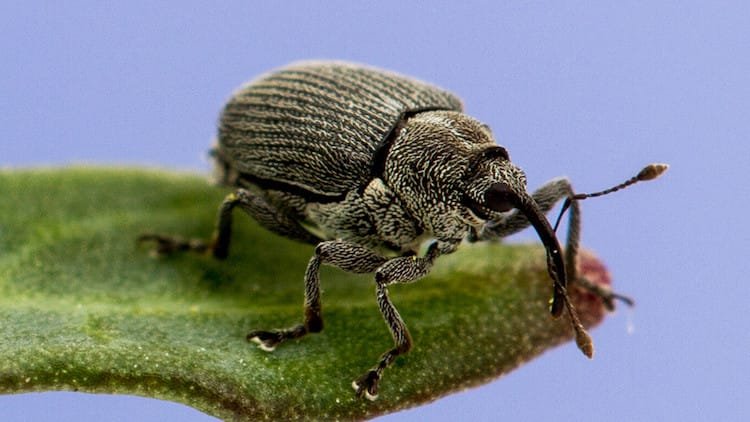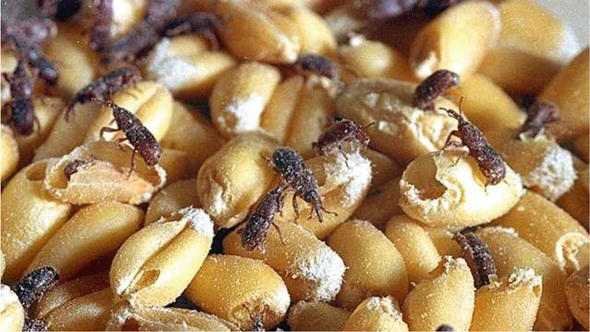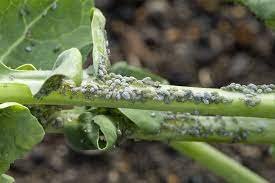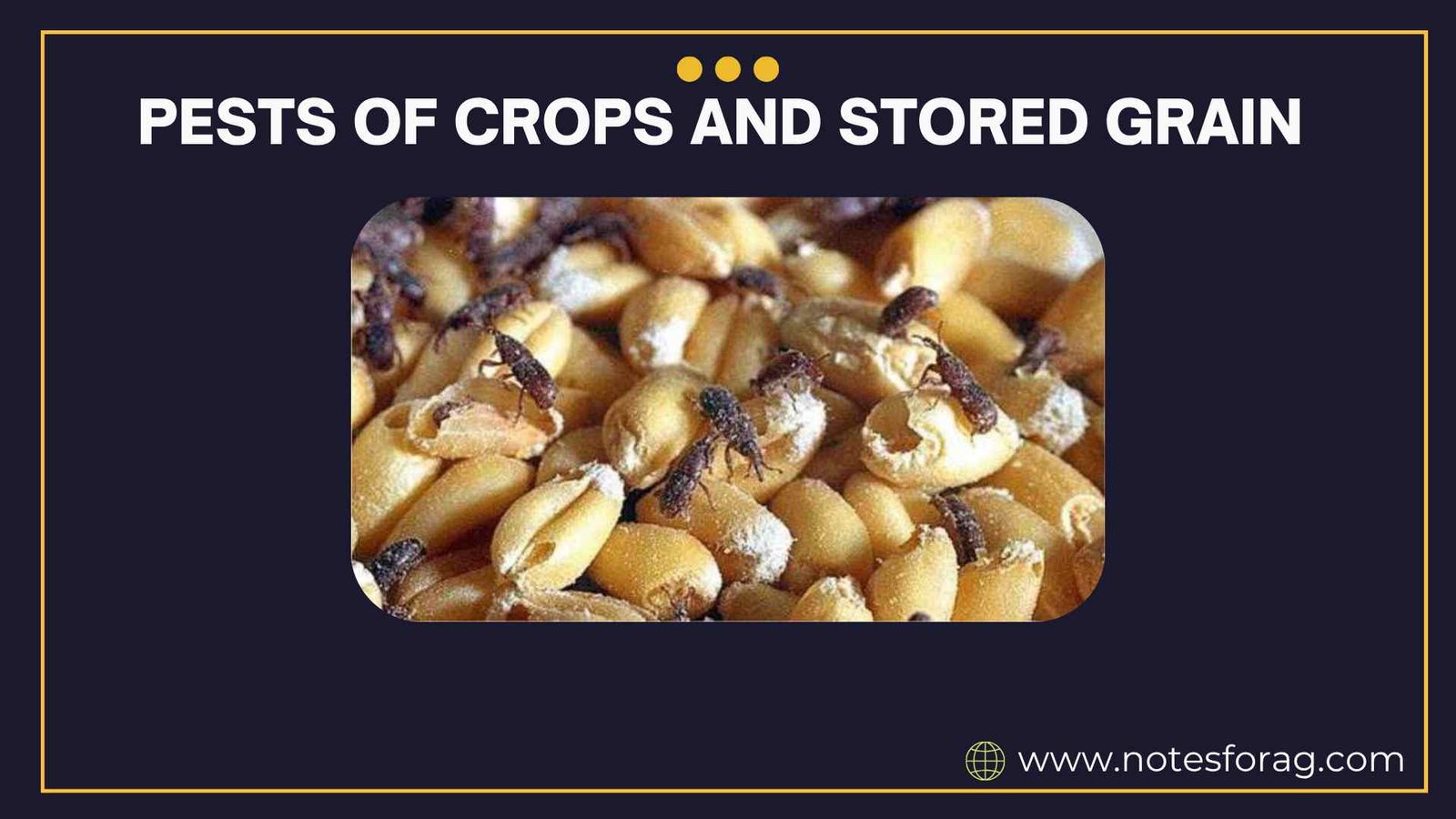Introduction
Crop pests and stored grain pests are among the major constraints affecting food security and agricultural productivity across the globe. These pests damage crops in the field and cause significant post-harvest losses during storage, transport, and marketing. Field pests attack various parts of plants such as roots, stems, leaves, flowers, and fruits, while storage pests infest grains after harvest, reducing both quantity and quality. Effective pest management strategies are essential for minimizing yield losses, ensuring food safety, and maintaining the economic viability of farming operations. This comprehensive discussion outlines the types of pests, common examples, damage symptoms, and integrated pest management strategies.
Summary of Crops pest and stored grains
- Pests of crops and stored grain pose significant threats to agricultural productivity and food security worldwide.
- Integrated Pest Management (IPM) combines various control methods to manage pest populations sustainably and effectively.
- Collaboration among farmers, researchers, and policymakers is essential to develop and implement effective pest management strategies.
Table of Contents
Types of Crop Pests
Field Pests

Field pests primarily attack growing crops and are categorized based on the plant part they infest and the nature of damage they cause. Major groups include chewing insects (e.g., caterpillars, beetles), sucking insects (e.g., aphids, whiteflies, jassids), and borers (e.g., stem borers, fruit borers). These pests reduce photosynthesis, deform plant structure, and lower yield potential. For example, the cotton bollworm feeds on bolls, significantly reducing fiber quality and quantity.
Stored Grain Pests

Stored grain pests include primary and secondary pests. Primary pests attack whole, healthy grains, while secondary pests feed on broken or damaged grains. Common examples include the rice weevil (Sitophilus oryzae), red flour beetle (Tribolium castaneum), and khapra beetle (Trogoderma granarium). These pests cause weight loss, contamination, discoloration, and bad odor in stored produce.
Major Field Crop Pests and Their Management
Rice Pests
- Stem Borer: Larvae bore into the stem, causing dead hearts in early stages and whiteheads in panicle stage.
- Brown Planthopper: Sucks sap from phloem, causing hopper burn and virus transmission.
- Management: Use resistant varieties, timely planting, balanced fertilization, and biological control with parasitoids like Trichogramma. Chemical control involves the use of insecticides like chlorantraniliprole or buprofezin.
Wheat Pests
- Termites: Feed on roots and basal stem, leading to stunted growth and lodging.
- Armyworms: Defoliate plants at later growth stages.
- Management: Deep summer ploughing, removal of crop residues, seed treatment with chlorpyrifos, and insecticidal sprays during outbreaks.
Maize Pests
- Stem Borers (Chilo partellus): Larvae bore into central shoots, causing dead hearts.
- Fall Armyworm (Spodoptera frugiperda): Feeds on leaves, whorls, tassels, and cobs.
- Management: Intercropping, pheromone traps, neem-based biopesticides, and selective insecticides like spinetoram.
Pulses Pests
- Pod Borers (Helicoverpa armigera): Feed on flowers and pods, reducing seed yield.
- Aphids and Thrips: Suck sap and transmit viruses.
- Management: Early sowing, resistant varieties, use of neem oil spray, and biocontrol agents like Nuclear Polyhedrosis Virus (NPV).
Oilseed Pests (Groundnut, Mustard, Soybean)
- Leaf Miner and Semilooper: Feed on leaves, reducing photosynthesis.
- Aphids and Jassids: Transmit viral diseases and weaken plants.
- Management: Use of yellow sticky traps, neem seed kernel extract (NSKE), and timely pesticide sprays.
Cotton Pests
- Bollworms: Feed on flower buds, squares, and bolls.
- Whiteflies: Transmit cotton leaf curl virus and cause sooty mold.
- Management: Cultivation of Bt cotton, intercropping, pest scouting, and rotation of insecticides to avoid resistance.
Vegetable and Fruit Crop Pests

- Fruit Flies (Bactrocera spp.): Lay eggs in fruits; larvae feed inside causing internal rot.
- Shoot and Fruit Borers: Infest brinjal, okra, tomato.
- Mites and Thrips: Cause leaf curl, scarring, and silvering.
- Management: Sanitation, timely harvesting, pheromone traps, and safe insecticides like emamectin benzoate.
Pests of Stored Grains
The pests of Stored grains are,
Primary Pests
- Rice Weevil: Adults bore into grains to lay eggs; larvae develop inside causing hollow grains.
- Lesser Grain Borer: Feeds both as larvae and adults on stored cereals.
- Management: Clean storage areas, sun-drying before storage, use of insect-resistant containers, and fumigation with aluminum phosphide.
Secondary Pests
- Red Flour Beetle: Attacks broken grains and flour; imparts foul smell.
- Khapra Beetle: Highly destructive; feeds on germ of grains.
- Management: Strict sanitation, storage in hermetic conditions, and periodic monitoring.
Integrated Pest Management (IPM)
Cultural Practices
Crop rotation, deep ploughing, timely sowing, resistant varieties, and sanitation are foundational practices. These prevent pest build-up and break pest life cycles.
Mechanical and Physical Control
Manual removal of infested parts, light traps, pheromone traps, and barriers like nets help reduce pest populations without chemicals.
Biological Control
Use of predators (ladybird beetles), parasitoids (Trichogramma, Bracon), and microbial agents (NPV, Beauveria bassiana) offer eco-friendly pest suppression.
Chemical Control
Pesticides remain essential for severe outbreaks. Their use should be need-based, target-specific, and in rotation to avoid resistance. Always follow label recommendations and pre-harvest intervals.
Botanical Insecticides
Neem, pongamia, and garlic-based formulations disrupt pest behavior and feeding. They are safer alternatives and compatible with IPM.
Use of Biotechnology
Genetically modified crops like Bt cotton express insecticidal proteins from Bacillus thuringiensis, effectively managing bollworms and reducing pesticide dependence.
Post-Harvest Pest Management
Proper drying, aeration, use of moisture-proof bags, and periodic inspection are crucial. Techniques like controlled atmosphere storage (low O2, high CO2) prevent pest development.
Conclusion
Pests of crops and stored grain represent a significant challenge to global food security, agricultural productivity, and economic stability. These pests, ranging from insects like weevils and grain borers to rodents and mites, cause substantial damage by feeding on crops in the field and contaminating stored grains. The impact is multifaceted, leading to reduced yields, compromised grain quality, and increased post-harvest losses. Effective management of these pests is crucial to ensure a stable food supply and to protect the livelihoods of farmers.
Integrated Pest Management (IPM) offers a sustainable approach to pest control by combining biological, cultural, mechanical, and chemical methods. This holistic strategy emphasizes the use of natural predators, crop rotation, proper sanitation, and judicious use of pesticides to manage pest populations effectively. By adopting IPM practices, farmers can reduce the reliance on chemical pesticides, minimize environmental impact, and promote biodiversity. Moreover, educating farmers about pest identification and management techniques empowers them to make informed decisions, leading to more resilient agricultural systems.
The role of research institutions and government agencies is pivotal in developing pest-resistant crop varieties, improving storage technologies, and providing extension services to farmers. Policies that support sustainable pest management practices and facilitate access to resources are essential for the widespread adoption of effective pest control measures. Collaboration among researchers, policymakers, and farmers is vital to address the evolving challenges posed by pests in agriculture.
In conclusion, managing pests of crops and stored grain requires a comprehensive and integrated approach that balances ecological, economic, and social considerations. By implementing sustainable pest management strategies and fostering collaboration among stakeholders, we can mitigate the adverse effects of pests and ensure a secure and sustainable food future.
Frequently Asked Questions (FAQs)
How can I prevent pest infestations in stored grains?
Preventive measures include storing grains in clean, airtight containers, maintaining low moisture levels, regularly inspecting storage areas, and using natural repellents like bay leaves or cloves.
What is Integrated Pest Management (IPM)?
IPM is a sustainable approach that combines biological, cultural, mechanical, and chemical methods to manage pest populations effectively while minimizing environmental impact.
What are the common pests that affect stored grains?
Common pests include rice weevils, lesser grain borers, khapra beetles, and flour beetles. These pests infest stored grains and can cause significant damage if not managed properly.
Related Articles

